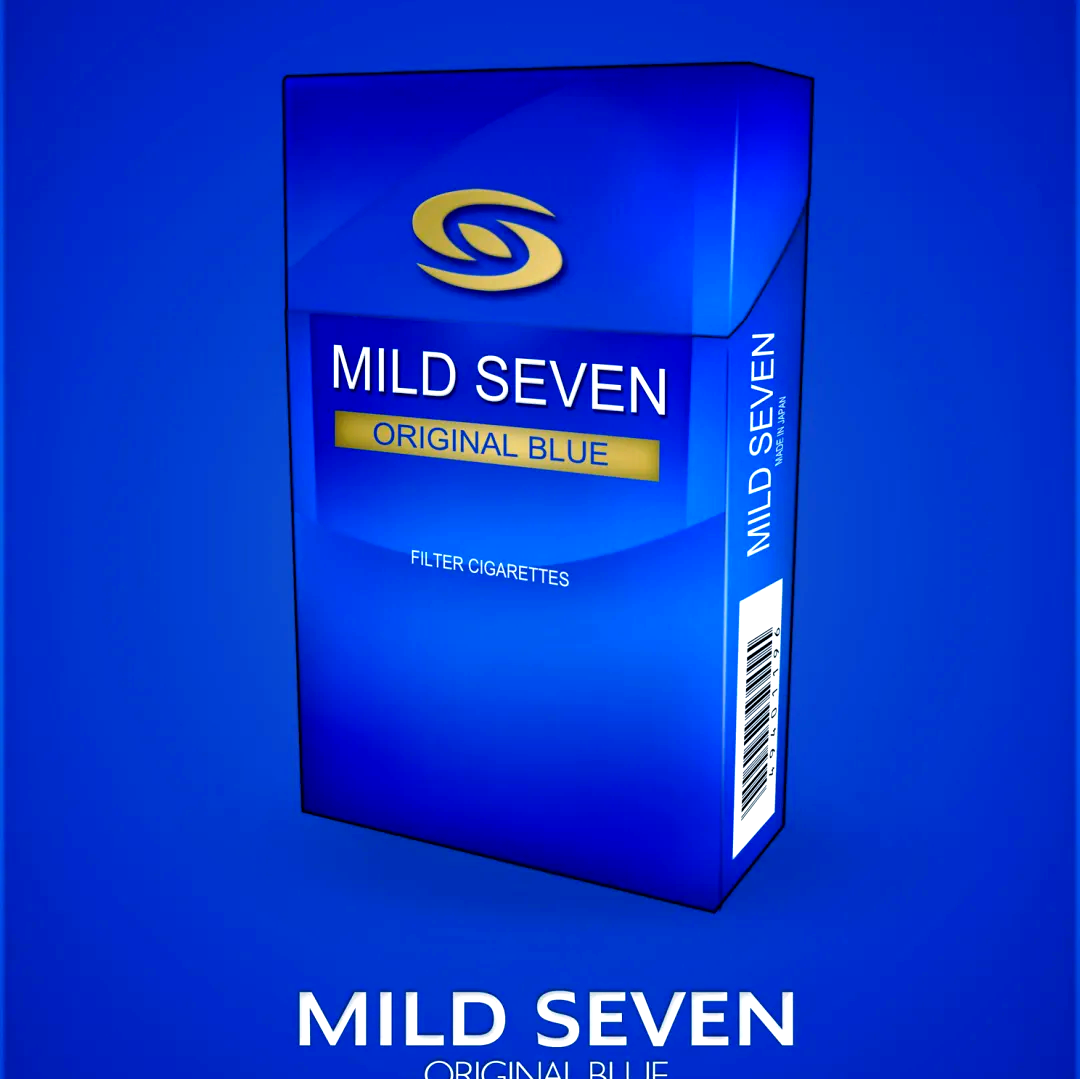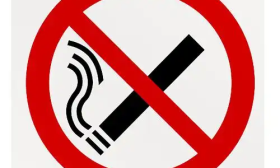Title: The Stained Sentinel: Unraveling the Link Between Tobacco Use and Yellow Nail Syndrome
For centuries, the human nail has served as a silent sentinel, often reflecting the hidden workings of our internal health. Changes in its color, texture, and growth can be the first subtle clues to systemic diseases, nutritional deficiencies, and chronic disorders. Among these onychodystrophies—ailments of the nail—Yellow Nail Syndrome (YNS) stands out for its distinctive presentation and its intriguing, multifactorial origins. While the precise etiology of YNS remains complex, a growing body of clinical evidence firmly positions chronic tobacco use as a significant and potent catalyst in its development, weaving a direct path from the act of smoking to the distressing yellowing of the nails.
Understanding Yellow Nail Syndrome: More Than Just Discoloration
Yellow Nail Syndrome is a rare condition characterized by a classic triad of symptoms: profoundly yellowed and thickened nails, lymphoedema (swelling of parts of the body due to fluid retention), and chronic respiratory manifestations, most commonly pleural effusions or chronic bronchitis. However, the complete triad is not always present, and the nail changes are often the first and most consistent sign.
The nail alterations are unmistakable. They undergo a distinct color change, turning a pale greenish-yellow to a dark, amber-yellow. This is accompanied by a near-complete cessation of growth, extreme thickening, and a loss of the cuticle and lunula (the white half-moon at the nail base). The nails become excessively curved from side to side (onychocryptosis) and may even detach from the nail bed (onycholysis). This is not a mere cosmetic issue; it is a pathological process indicative of underlying dysfunction.
The Pathophysiological Bridge: How Tobacco Smoke Compromises Nail Health
The link between tobacco and YNS is not one of simple staining from tar and nicotine, though that can occur superficially. The connection is far more profound, rooted in the systemic damage inflicted by the thousands of chemicals in cigarette smoke. The primary mechanisms involve vascular compromise, chronic inflammation, and direct toxic damage.
-
Microvascular Damage and Ischemia: Nicotine is a potent vasoconstrictor. It causes the tiny capillaries that supply blood, oxygen, and essential nutrients to the nail matrix—the tissue from which the nail grows—to constrict. Chronic smoking leads to sustained vasoconstriction and eventual damage to the endothelial lining of these blood vessels. This results in chronic ischemia (inadequate blood supply) to the nail matrix. Without proper nourishment, the keratinocytes—the cells that produce the nail's keratin—cannot function normally. Their metabolic processes are disrupted, leading to the production of abnormal, discolored, and poorly formed nail plates. The slowed or halted growth is a direct consequence of this "starved" matrix.
-
Chronic Inflammation and Oxidative Stress: Cigarette smoke is a pro-inflammatory agent and a rich source of free radicals, causing immense oxidative stress throughout the body. This systemic inflammation can disrupt the normal cycle of nail growth and renewal. The inflammatory mediators can directly affect the nail matrix, altering the structure of the keratin as it is synthesized. Furthermore, the lymphatic system, which is responsible for draining interstitial fluid and waste, is highly sensitive to inflammation. Tobacco smoke can impair lymphatic function, contributing to the lymphoedema seen in the full triad of YNS. Even without full-blown limb swelling, subclinical lymphatic dysfunction in the nail bed could contribute to fluid accumulation and the subsequent yellowish discoloration and thickening.
-
Direct Toxicity and Cyanide Exposure: Some research has pointed to a particularly intriguing link involving cyanide, a component of tobacco smoke. Chronic inhalation of cyanide from cigarettes can lead to the body converting it to thiocyanate, a process that depletes vital micronutrients. More directly, it is hypothesized that cyanide may directly poison the nail matrix, disrupting enzymatic processes crucial for healthy keratin formation. This toxic insult provides a compelling explanation for the specific and dramatic changes unique to YNS, distinguishing it from other nail disorders.
Clinical Evidence and the Smoking Patient Profile
The association is strongly supported by clinical observation. A significant proportion of patients diagnosed with YNS have a history of long-term tobacco use, often spanning decades. Case studies frequently document patients who are heavy smokers presenting with the classic nail changes, sometimes accompanied by respiratory symptoms that are indistinguishable from smoking-related chronic bronchitis. In many of these cases, the respiratory component is so intertwined with their smoking history that it becomes a central part of the diagnostic picture.
Perhaps the most persuasive evidence comes from observed patient outcomes. In numerous documented instances, upon cessation of smoking, patients have experienced a remarkable, albeit slow, resolution of their nail symptoms. The yellowish discoloration begins to fade, nail growth resumes, and the texture gradually normalizes over a period of months or years. This reversal strongly suggests that the continuous insult from tobacco smoke is a primary sustaining factor in the condition. If the cause were entirely irreversible or genetic, such improvement would not be expected simply from quitting smoking.
Differential Diagnosis and The Role of the Clinician

It is crucial to note that not all yellow nails are Yellow Nail Syndrome, and not every case of YNS is caused by smoking. Other causes of yellow nails include:
- Fungal infections (Onychomycosis): A very common cause of thickening and yellowing.
- Psoriasis: Can cause pitting, thickening, and yellow-red discoloration.
- Other medical conditions: Such as thyroid disease, diabetes, and chronic paronychia.
- Idiopathic YNS: Some cases occur with no identifiable trigger, potentially linked to genetic predispositions.
This is where the role of the healthcare provider becomes critical. The appearance of yellow, thickened nails, especially in a patient with a known smoking history, should not be dismissed as a simple fungal infection or a cosmetic issue. It should be recognized as a potential cutaneous flag for serious internal pathology. It warrants a thorough patient history, including a detailed smoking timeline, and a clinical examination for signs of lymphoedema or respiratory compromise. The nail change could be the key that unlocks a diagnosis of a broader systemic disorder exacerbated or induced by tobacco use.
Conclusion: A Clear Warning Written in Yellow
The development of Yellow Nail Syndrome in chronic tobacco users is a powerful example of how a voluntary habit can manifest in unexpected and debilitating ways. It moves beyond the well-known risks of cancer and heart disease to illustrate a more subtle, yet profoundly visible, form of damage. The path from tobacco smoke to yellow nails is paved with vascular damage, inflammatory cascades, and direct cellular toxicity. For patients and clinicians alike, the yellowed, dystrophic nail should be seen not just as a symptom, but as a stark, undeniable warning sign—a stained sentinel urging for the cessation of smoking and a comprehensive evaluation of one's health. It is a tangible, daily reminder that the consequences of tobacco use extend deep into the body, quite literally, to the very tips of the fingers.











